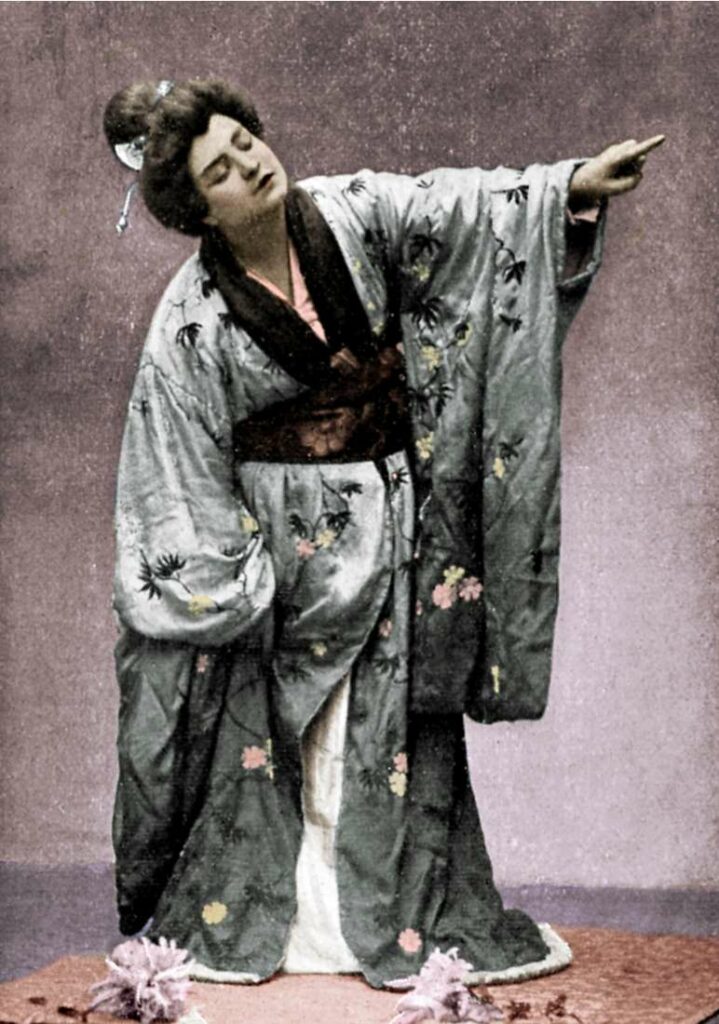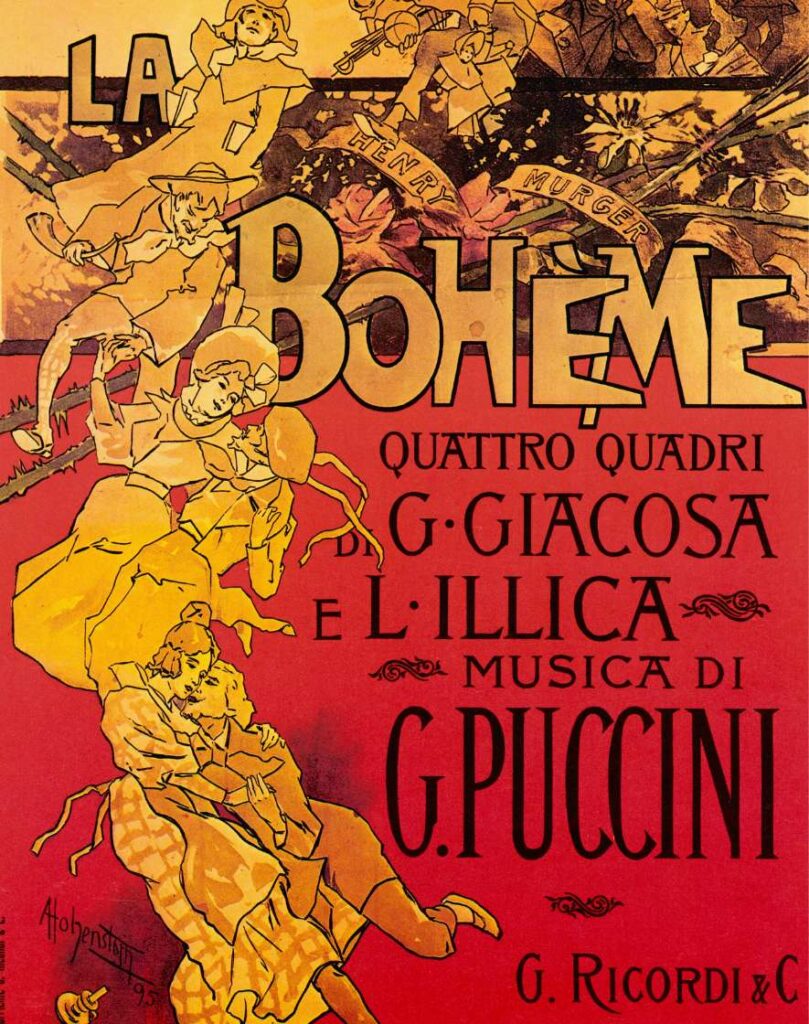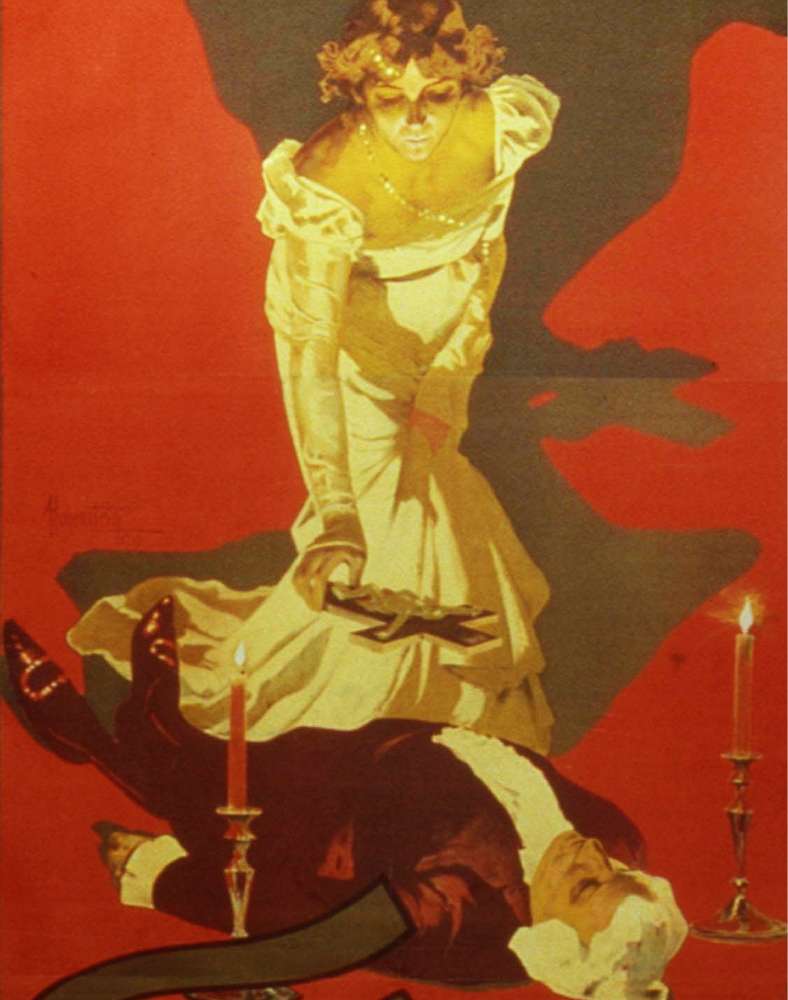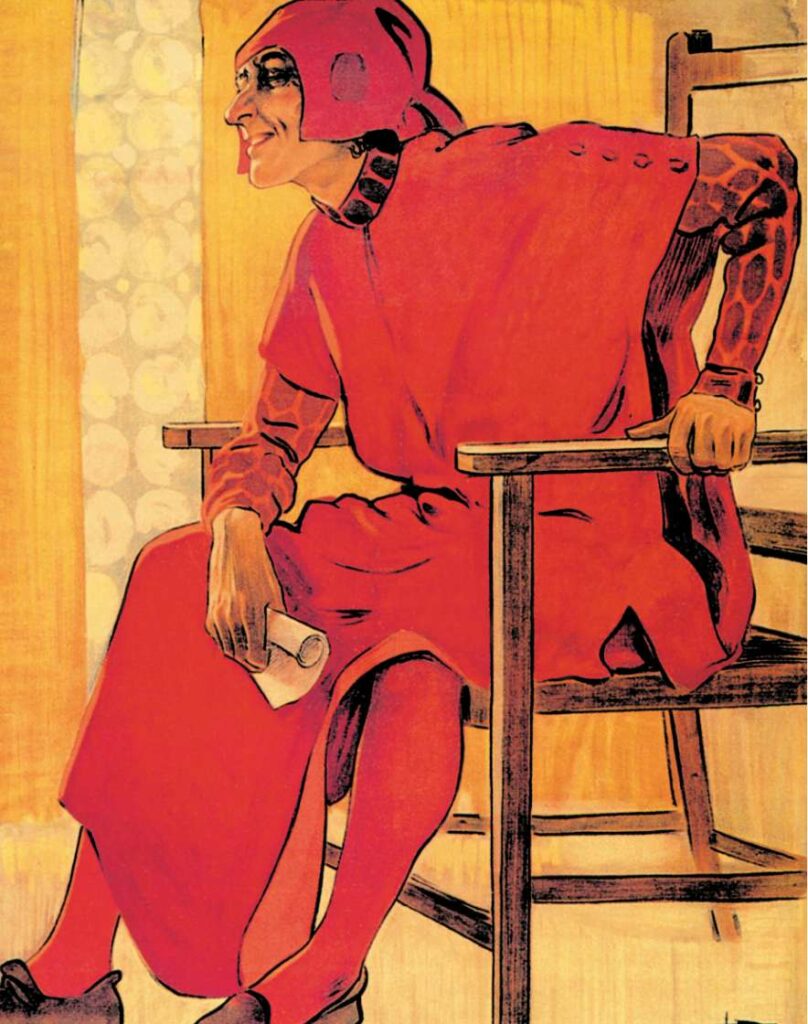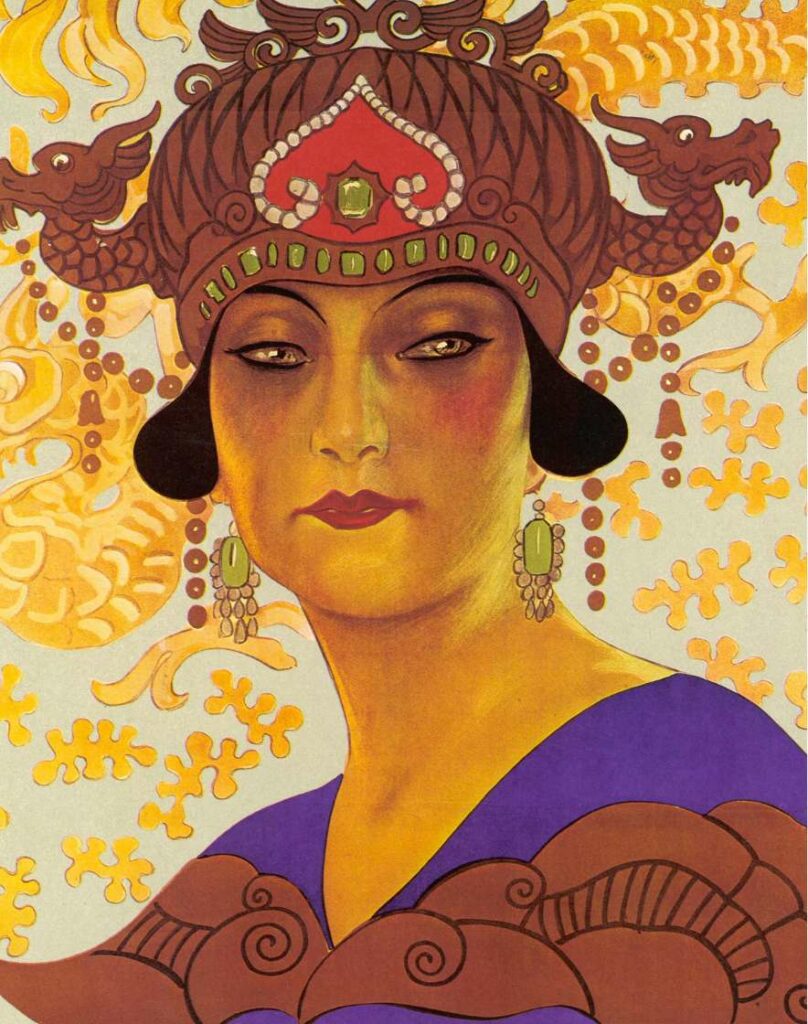MADAMA BUTTERFLY
Performed for the first time on 17 February 1904 at Milan’s Teatro alla Scala
Japanese tragedy in three acts (originally two acts)
Libretto by Luigi Illica and Giuseppe Giacosa
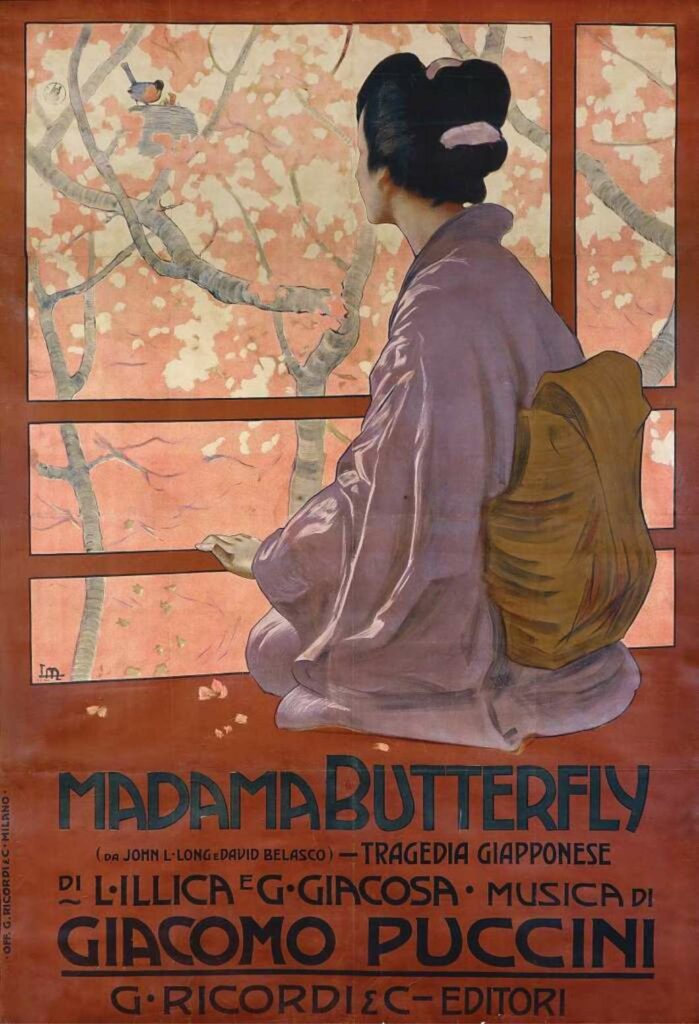
Plot outline:
In 1904, Puccini presented “Madama Butterfly”, an opera that explores the soul of a young woman in love. The story is set in Japan, featuring Art Nouveau style and exotic design. The music includes instruments such as gongs, bells, harps, and woodwinds, and regularly quotes authentic Japanese songs. The character of Cio-Cio-San is one of the most vibrant in all Puccini’s operas. She undergoes a profound transformation over the course of the opera, showing a range of emotional nuances from love to deep-rooted disappointment.
Puccini, discouraged by the initial criticism from audiences about the opera’s length, turned “Madama Butterfly” into a global success by redrafting it.
Listen to “Un bel dì vedremo” from Act II on Spotify
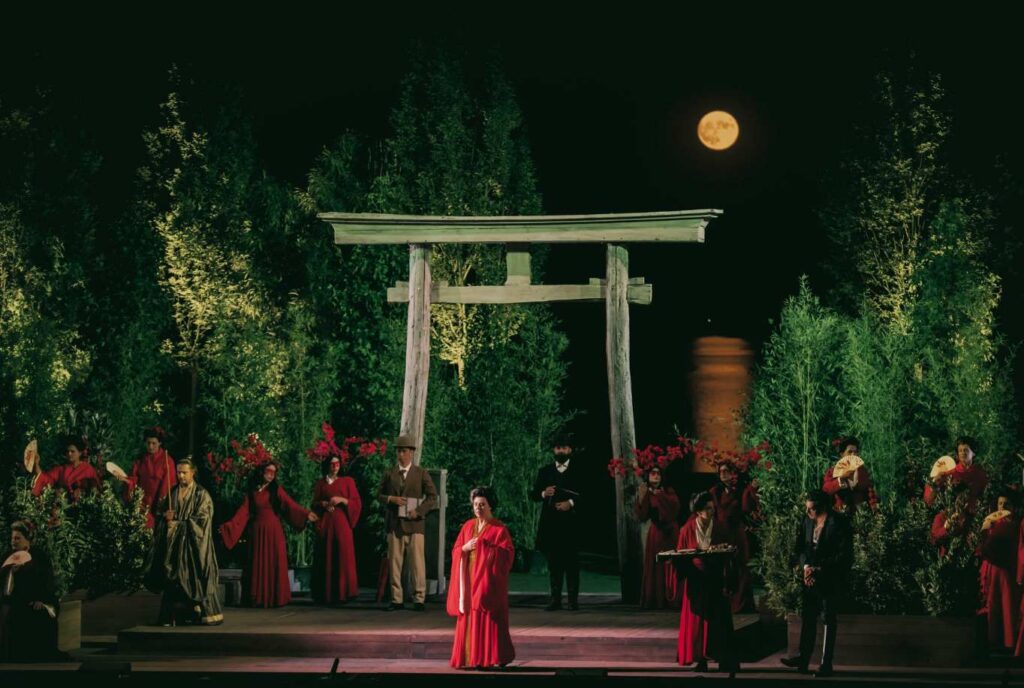
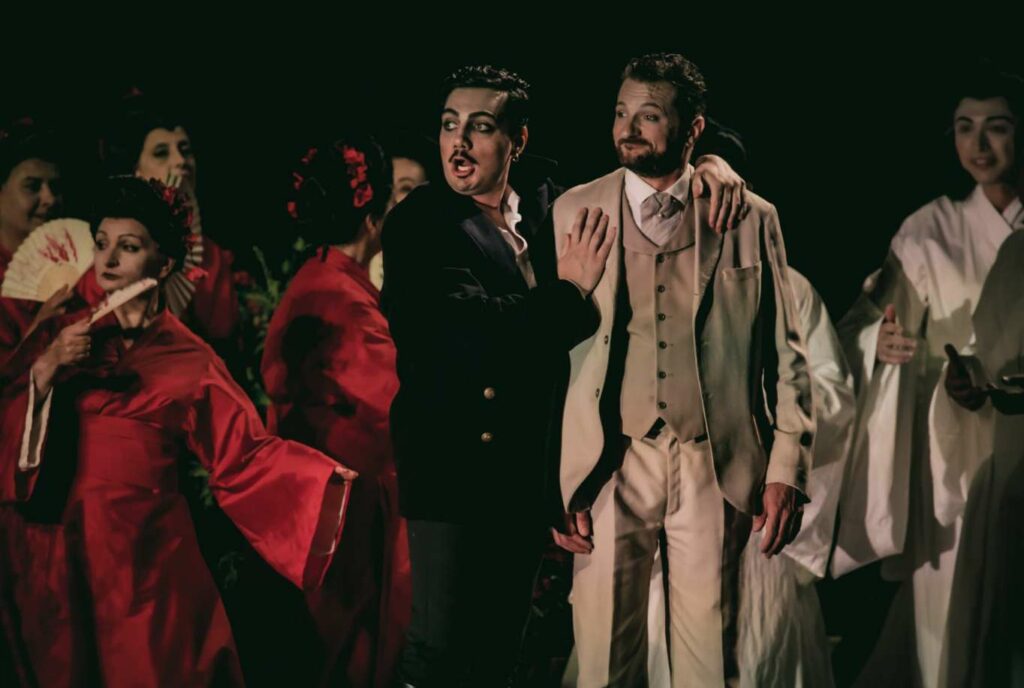
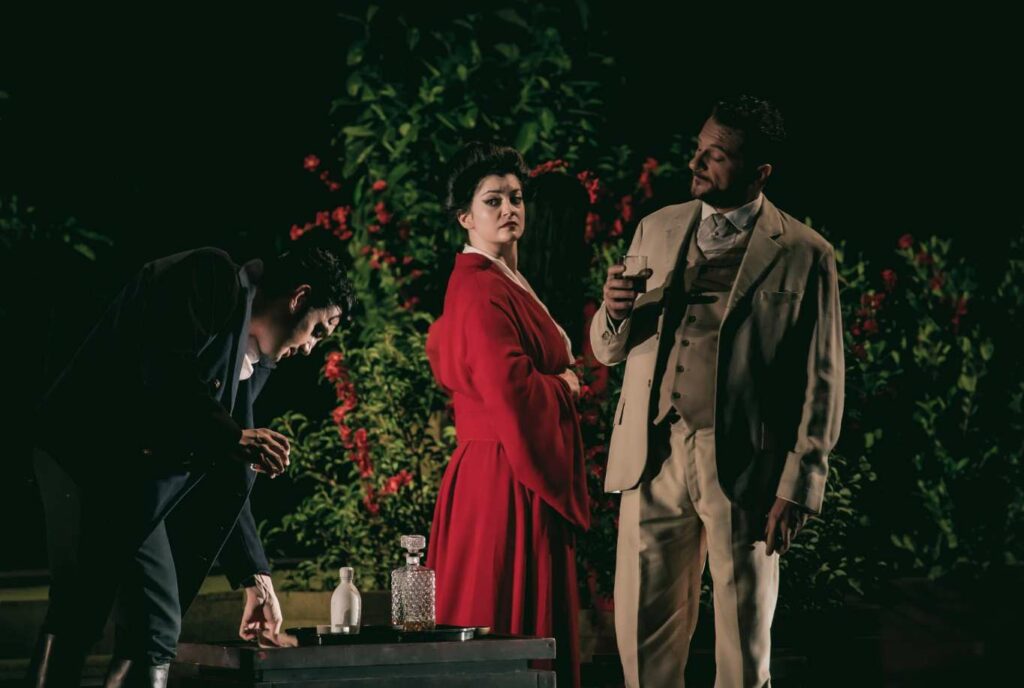
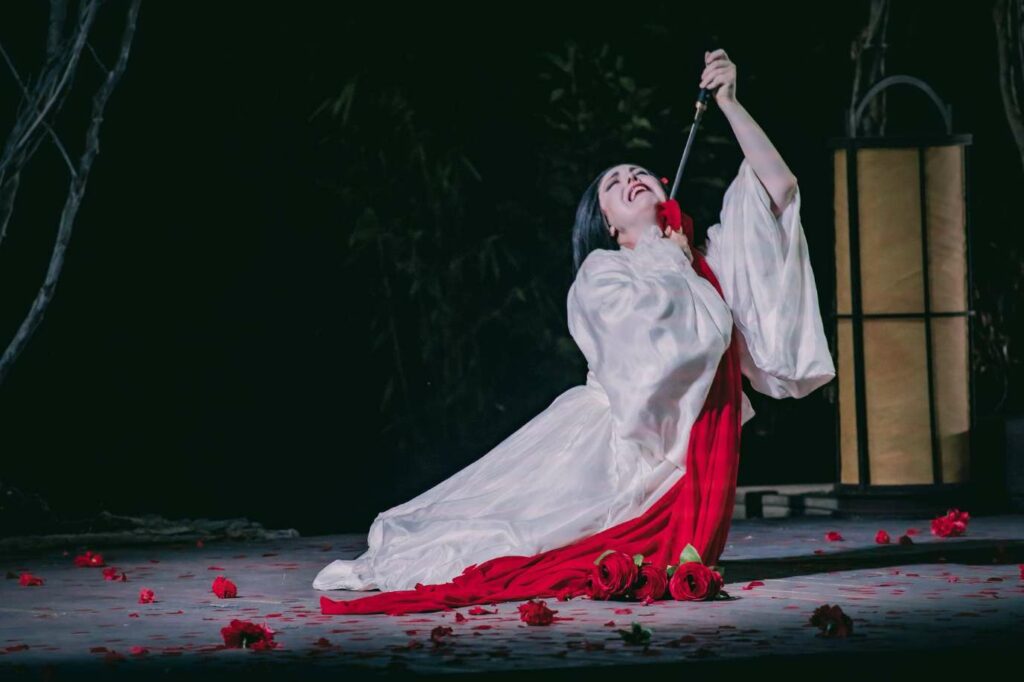
Photo: puccinifestival.it
